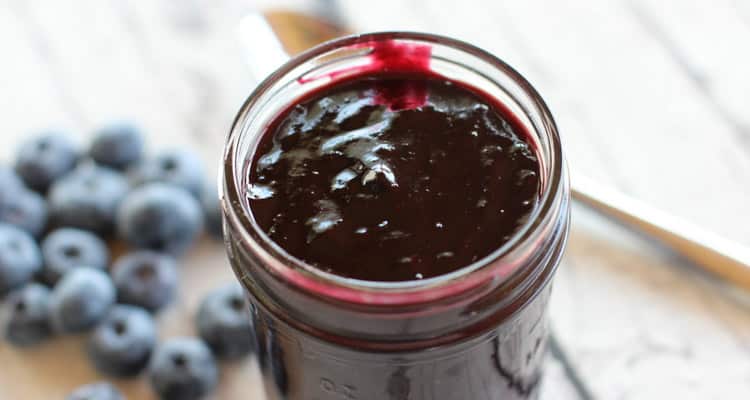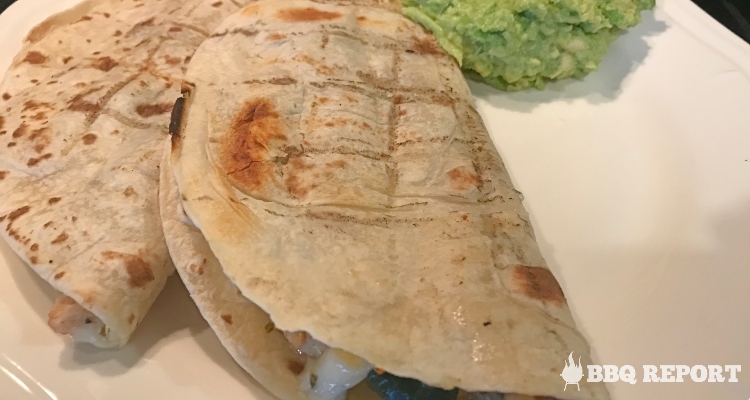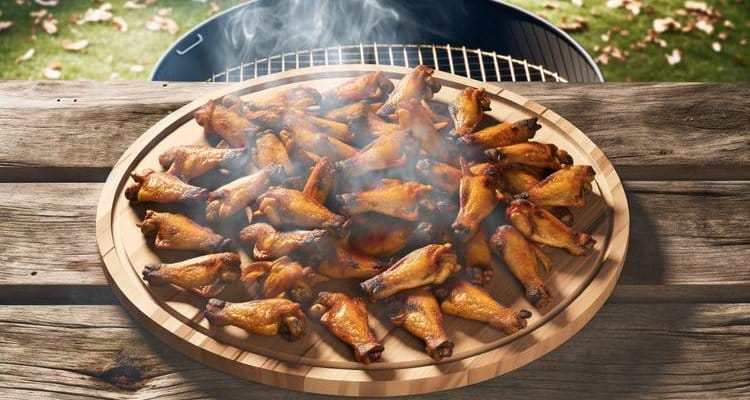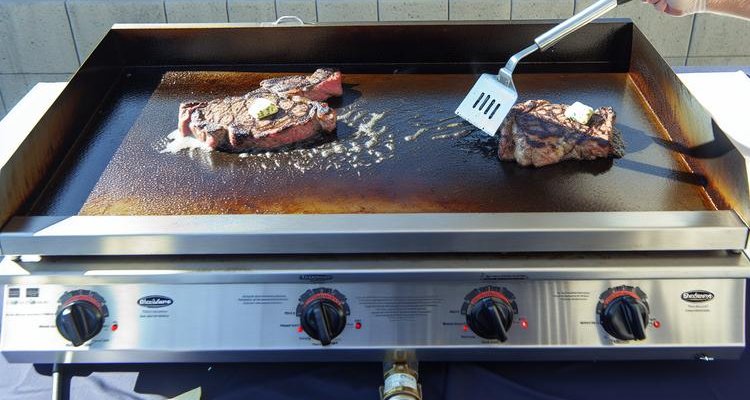
There’s nothing quite like the satisfaction of cutting into a perfectly cooked steak with a deep, caramelized crust and a tender, juicy interior. While many outdoor cooking enthusiasts reach for their traditional grill when it’s time to cook steak, the Blackstone griddle offers distinct advantages that can elevate your steak game to restaurant-quality results—and it’s easier than you might think.
The secret lies in the flat-top griddle surface. Unlike a traditional grill where only the grate marks make contact with your steak, the Blackstone’s solid cooking surface creates maximum contact with the meat. This means superior heat transfer, better Maillard reaction (that beautiful browning), and the perfect environment for butter basting—a technique that professional steakhouses use to create their signature flavors.
In this comprehensive guide, I’ll walk you through everything you need to know to cook incredible steaks on your Blackstone griddle. Whether you’re a first-time griddle owner or an experienced outdoor cook looking to perfect your technique, you’ll learn the exact process that delivers consistent, professional results every single time.
Why Choose a Blackstone Griddle for Steak?
Before we dive into the recipe, let’s talk about why the Blackstone griddle is actually superior to a traditional grill for cooking steak. Understanding these advantages will help you make the most of your equipment and understand the “why” behind each step in the cooking process.
Superior Heat Distribution
The Blackstone’s thick steel cooking surface distributes heat evenly across the entire griddle. Unlike a grill where you have hot spots and cold spots, the griddle maintains consistent temperature across the cooking zone. This means if you’re cooking multiple steaks simultaneously, they’ll all cook at the same rate—perfect for entertaining.
Maximum Crust Formation
The flat surface creates complete contact with your steak, not just grate marks. This maximizes the Maillard reaction—the chemical process that creates that delicious brown crust and complex flavors. With a grill, only about 10-15% of the steak’s surface gets direct contact. With a griddle, it’s nearly 100%.
No Flare-Ups
Grills suffer from flare-ups when fat drips onto hot coals or burners, causing flames that can char your steak unevenly. With a griddle, the fat stays on the cooking surface where you can use it for flavor (or scrape it away), giving you complete control over the cooking process.
Perfect for Butter Basting
The flat surface is ideal for restaurant-style butter basting. You can pool melted butter with herbs and garlic right next to your steak, then use a spoon or brush to continuously baste the meat as it cooks. This technique adds richness and complexity that’s difficult to achieve on a traditional grill.
Choosing the Right Steak Cut
Not all steaks are created equal, and certain cuts perform better on a griddle than others. Here’s what you need to know about selecting the perfect steak for your Blackstone.
Best Cuts for Griddle Cooking
Ribeye (my top recommendation): The generous marbling in a ribeye makes it incredibly forgiving on a griddle. The fat renders beautifully on the flat surface, creating its own basting effect. Look for steaks that are 1.25 to 1.5 inches thick—thick enough to develop a crust without overcooking the interior. For more tips on grilling the perfect ribeye, check out our comprehensive Texas-style steak guide.
New York Strip: This cut has less marbling than ribeye but excellent beefy flavor. The strip cooks beautifully on a griddle and tends to develop an exceptional crust due to its lower fat content.
Filet Mignon: The most tender cut, though it lacks the fat of a ribeye. The griddle’s even heat prevents overcooking this lean cut, which can easily dry out on a grill.
Sirloin: A more budget-friendly option that still delivers great results on a griddle. Choose top sirloin for the best combination of flavor and tenderness.
Quality Matters
Whatever cut you choose, prioritize quality. Look for:
- USDA Choice or Prime: Better marbling means more flavor and juiciness
- Bright red color: Indicates freshness
- Good marbling: Look for thin white veins of fat throughout the meat
- Dry surface: Excess moisture can prevent good crust formation
Learn more about selecting quality beef in our detailed guide on choosing the right beef grade.
Essential Equipment and Ingredients
Let’s talk about what you’ll need to execute this recipe perfectly.
Equipment
- Blackstone griddle (any size works—I use a 36-inch)
- Metal spatula (preferably two for easy flipping)
- Instant-read thermometer (absolutely essential for perfect doneness)
- Basting brush or spoon (for butter basting)
- Paper towels (for patting steaks dry)
- Tongs (optional, but helpful for handling steaks)
The instant-read thermometer is non-negotiable. Using an instant-read thermometer is the only way to consistently hit your target doneness, and it takes the guesswork out of the entire process.
Ingredients
For the Steaks:
- 2 ribeye steaks (10-12 oz each, 1.25-1.5 inches thick)
- Kosher salt
- Coarse black pepper
- Garlic powder
- High-heat oil (avocado or canola)
For Butter Basting:
- 4 tablespoons unsalted butter
- 4 garlic cloves, smashed
- 2-3 sprigs fresh rosemary
- 2-3 sprigs fresh thyme
Note on Oil Selection: Use avocado oil or canola oil for the griddle surface. Avoid olive oil—its smoke point is too low for the high temperatures needed for a proper sear.
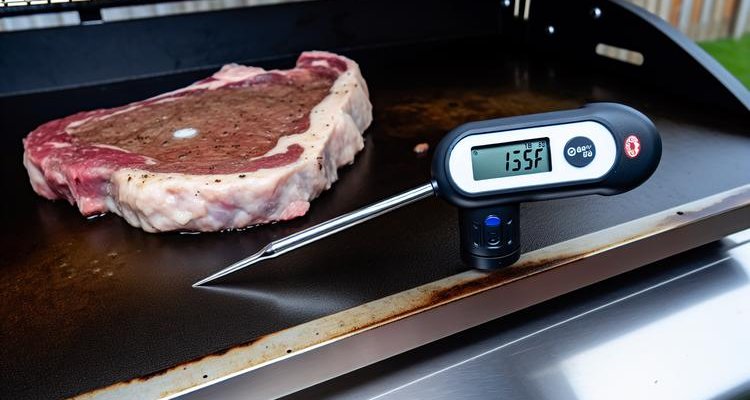
Step-by-Step: Cooking Perfect Blackstone Steak
Now let’s get into the actual cooking process. I’ll break this down into clear, actionable steps so you can achieve perfect results your first time.
Step 1: Prep Your Steaks (30-45 Minutes Before Cooking)
Remove your steaks from the refrigerator 30-45 minutes before you plan to cook them. This allows the meat to come to room temperature, which promotes even cooking throughout the steak. A cold steak straight from the fridge will cook unevenly—overcooked on the outside, undercooked in the middle.
While the steaks are tempering, pat them completely dry with paper towels. This is crucial. Any surface moisture will steam instead of sear, preventing that coveted crust from forming.
Step 2: Season Generously
Season both sides of each steak liberally with kosher salt (about 1 teaspoon per side), coarse black pepper (½ teaspoon per side), and garlic powder (½ teaspoon per side). Don’t be shy—the salt needs to penetrate the meat, and some will be lost during cooking.
Press the seasoning into the meat with your hands to help it adhere. The seasoning should form a visible crust on the surface.
Step 3: Preheat Your Blackstone
This step is critical and where many people rush. Turn all your griddle burners to high and let it preheat for 10-15 minutes. Yes, really. You want the cooking surface to reach 450-500°F—hot enough that a drop of water instantly evaporates on contact.
A properly preheated griddle is the difference between a mediocre sear and restaurant-quality crust. If you have an infrared thermometer, use it to verify the surface temperature.
Step 4: Oil the Griddle
Once the griddle is screaming hot, add 2 tablespoons of high-heat oil (avocado or canola) directly to the cooking surface. Use your spatula to spread it into an even layer about the size of your steaks.
The oil should shimmer and move freely—if it’s smoking heavily, your heat is too high. If it just sits there, the griddle isn’t hot enough yet.
Step 5: Sear the First Side
Carefully place your steaks on the oiled griddle surface. You should hear an immediate, aggressive sizzle. If you don’t, your griddle isn’t hot enough—remove the steaks and wait longer.
Here’s the hard part: don’t touch them. Resist every urge to check, poke, or flip. Let the steaks sear undisturbed for 3-4 minutes. This allows the Maillard reaction to occur and a proper crust to develop.
The steak will naturally release from the griddle when it’s ready to flip. If it sticks when you try to lift it, give it another 30-60 seconds.
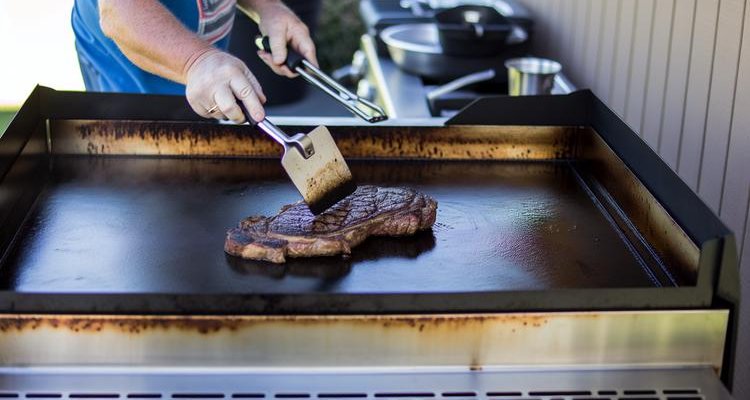
Step 6: Flip and Sear the Second Side
After 3-4 minutes, use your spatula to flip the steaks. You should see a deep, dark brown crust on the first side. If it’s pale or gray, your heat wasn’t high enough.
Sear the second side for another 3-4 minutes, again without moving the steaks.
Step 7: Add Butter and Aromatics
This is where Blackstone cooking really shines. Add your butter, smashed garlic cloves, rosemary, and thyme directly to the griddle surface next to (or around) your steaks.
As the butter melts and begins to foam, use a spoon or basting brush to continuously spoon the herb-infused butter over the top of the steaks. This technique, called arrosage in French cooking, adds incredible flavor and helps the top surface cook without having to flip again.
Continue basting for 1-2 minutes. The butter should be foamy and fragrant, the garlic should be golden, and the herbs should be sizzling.
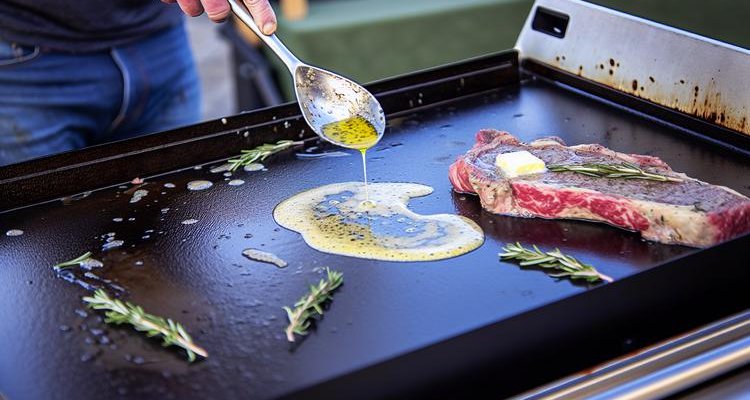
Step 8: Check Internal Temperature
Insert your instant-read thermometer into the thickest part of the steak, aiming for the center. Here are your target temperatures:
- Rare: 120-125°F
- Medium-rare: 130-135°F (my recommendation)
- Medium: 135-145°F
- Medium-well: 145-155°F
- Well done: 160°F+
Here’s a pro tip: remove the steak from the griddle when it’s 5°F below your target temperature. The steak will continue cooking during the rest period (carryover cooking), and this prevents overcooking. For more guidance on temperature and doneness, check our comprehensive guide on how to tell when your steak is done.
Step 9: Rest Your Steaks
Transfer the steaks to a cutting board and tent loosely with aluminum foil. Let them rest for 5-7 minutes. I know it’s tempting to cut right in, but this rest period is essential.
During cooking, the muscle fibers contract and push moisture toward the center of the steak. Resting allows the fibers to relax and the juices to redistribute throughout the meat. If you cut immediately, all those juices will run out onto your cutting board instead of staying in the steak.
Step 10: Slice and Serve
After resting, slice the steak against the grain (perpendicular to the muscle fibers) for maximum tenderness. Serve immediately, optionally drizzling any remaining herb butter from the griddle over the sliced steak.
Pro Tips for Blackstone Steak Success
Here are some insider techniques that will take your griddle steak game to the next level:
Dry-Brining for Extra Flavor
For even better results, salt your steaks 1-2 hours before cooking (or up to 24 hours), then refrigerate them uncovered. This dry-brining process seasons the meat deeply and creates an even drier surface for superior crust formation. Just remember to bring them to room temperature and pat dry again before cooking.
Zone Cooking for Thick Steaks
If you’re cooking steaks thicker than 1.5 inches, consider using zone cooking: sear over high heat to develop the crust, then move to a cooler zone of the griddle to finish cooking through to your target temperature. This prevents burning the exterior before the interior is done.
The Finger Test (Advanced)
While a thermometer is essential when learning, experienced cooks can judge doneness by pressing the steak and comparing the resistance to different parts of their hand. Rare feels like the flesh at the base of your thumb when your hand is relaxed; medium-rare when you touch your thumb and index finger together; medium when you touch thumb and middle finger; and so on.
Multiple Steaks
The Blackstone’s large surface area is perfect for cooking multiple steaks at once. Just make sure to leave at least 2 inches between steaks for proper air circulation and to maintain griddle temperature. Don’t overcrowd.
Common Mistakes to Avoid
Let’s talk about the pitfalls that trip up even experienced cooks:
Mistake #1: Not preheating long enough
Solution: Full 10-15 minute preheat. No shortcuts.
Mistake #2: Using wet steaks
Solution: Pat thoroughly dry. Consider salting 1-2 hours ahead to draw out surface moisture, then pat dry again before cooking.
Mistake #3: Moving the steak during searing
Solution: Hands off. Trust the process. The steak will release when it’s ready.
Mistake #4: Overcooking
Solution: Use a thermometer. Remove 5°F before target temp. No guessing.
Mistake #5: Cutting into the steak immediately
Solution: Resist! Let it rest. Your patience will be rewarded with juicy, perfect steak.
Variations and Flavor Options
Once you’ve mastered the basic technique, try these variations:
Cajun-Style Blackened Steak
Replace the salt, pepper, and garlic powder with 1 tablespoon of Cajun seasoning per steak. Use the same cooking method, but expect more char (that’s the point). The griddle’s high heat is perfect for achieving that signature blackened crust without overcooking the interior.
Garlic Herb Compound Butter
Instead of melting butter on the griddle, make a compound butter in advance. Mix softened butter with minced garlic, chopped fresh herbs, salt, and a squeeze of lemon juice. Top your hot steak with a pat of this flavored butter during the rest period.
Asian-Inspired Marinade
Marinate steaks for 2-4 hours in a mixture of soy sauce, rice wine, ginger, garlic, and a touch of sesame oil. Pat dry before cooking (crucial!), then follow the same griddle method. Finish with a drizzle of sesame oil and sliced scallions. For other creative marinade ideas, try our bourbon steak marinade recipe.
Frequently Asked Questions
How long does it take to cook a steak on a Blackstone griddle?
For a 1.5-inch thick steak cooked to medium-rare, expect 8-10 minutes of total cooking time (3 minutes first side, 2-3 minutes second side, 2-4 minutes during butter basting). Thinner steaks cook faster; thicker steaks take longer. Always use temperature, not time, as your primary doneness indicator.
What temperature should my Blackstone be for steak?
Preheat your griddle to 450-500°F for the initial sear. This high heat is essential for crust formation. You can then reduce to medium-high (375-400°F) for the finishing phase if needed, especially for thicker cuts.
Do I need to oil the steak or the griddle?
Oil the griddle, not the steak. Spreading oil on the griddle surface creates an even cooking medium. Oiling the steak can cause excess smoking and doesn’t improve the sear.
Can I cook frozen steaks on a Blackstone?
While possible, I don’t recommend it for best results. Frozen steaks release too much moisture, preventing proper crust formation. If you must cook from frozen, expect to add 50% more cooking time and accept that the crust won’t be as good. Always thaw and bring to room temperature for optimal results.
How do I clean my Blackstone after cooking steak?
While the griddle is still warm (not screaming hot), scrape off any debris with your spatula. Add a small amount of water to steam clean stuck-on bits, then scrape again. Dry thoroughly, apply a thin layer of oil, and heat briefly to season. Never use soap on a seasoned griddle surface.
Why does my steak stick to the griddle?
Sticking indicates one of three issues: (1) the griddle wasn’t hot enough, (2) you didn’t use enough oil, or (3) you’re trying to flip before a crust has formed. A properly seared steak will release naturally from the cooking surface. If it sticks, give it another 30-60 seconds.
Can I use this method for other cuts of meat?
Absolutely! This technique works beautifully for pork chops, lamb chops, chicken breasts (use lower heat), and even thick fish steaks like tuna or swordfish. Adjust cooking times based on thickness and desired doneness.
Final Thoughts
Cooking restaurant-quality steak on your Blackstone griddle is entirely achievable once you understand the fundamentals: high heat, patience during the sear, proper temperature monitoring, and adequate rest time. The griddle’s flat surface gives you advantages that traditional grills can’t match—better crust formation, no flare-ups, and perfect conditions for butter basting.
Start with quality meat, follow these techniques, and you’ll be serving steaks that rival any steakhouse. The beauty of the Blackstone is its consistency—once you dial in your process, you can replicate perfect results every single time.
Now fire up that griddle and get cooking. Your best steak is waiting.
Blackstone Steak Recipe
Equipment
- Blackstone griddle or flat top grill 22-inch or larger recommended
- Instant-read meat thermometer Essential for checking doneness
- Metal spatula For flipping and basting
- Paper towels For drying steaks
Ingredients
- Steaks
- Butter Basting
- For Cooking
Instructions
- Remove steaks from refrigerator 30-45 minutes before cooking to bring to room temperature. Pat completely dry with paper towels.
- Season both sides generously with kosher salt, black pepper, and garlic powder. Press seasoning into the meat.
- Preheat Blackstone griddle to high heat (450-500°F). The griddle surface should be smoking hot.
- Drizzle vegetable oil directly onto the hot griddle surface. Spread with a spatula to create an even coating.
- Place steaks on the griddle. Do not move them. Let sear for 3-4 minutes until a dark crust forms.
- Flip steaks and sear the second side for 3-4 minutes. Add butter, smashed garlic, thyme, and rosemary to the griddle next to the steaks.
- As butter melts and foams, tilt the griddle slightly or use a spoon to continuously baste the steaks with the herb-infused butter. Continue for 1-2 minutes.
- Check internal temperature: 125°F for rare, 135°F for medium-rare, 145°F for medium. Remove from heat when 5°F below target temperature.
- Transfer steaks to a cutting board and tent loosely with foil. Let rest for 5-7 minutes to allow juices to redistribute.
- Slice against the grain and serve immediately. Drizzle with any remaining herb butter from the griddle.
Notes
Contents
- Why Choose a Blackstone Griddle for Steak?
- Choosing the Right Steak Cut
- Essential Equipment and Ingredients
- Step-by-Step: Cooking Perfect Blackstone Steak
- Pro Tips for Blackstone Steak Success
- Common Mistakes to Avoid
- Variations and Flavor Options
- Frequently Asked Questions
- Final Thoughts
- Blackstone Steak Recipe

